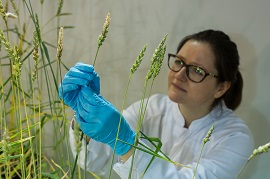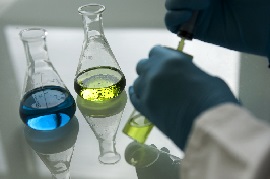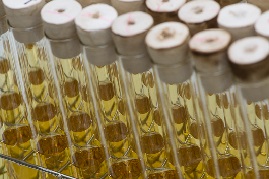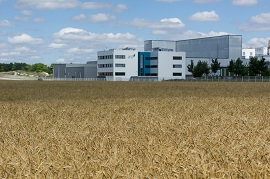Our history
How did ARD become an innovative player in agro-industry?
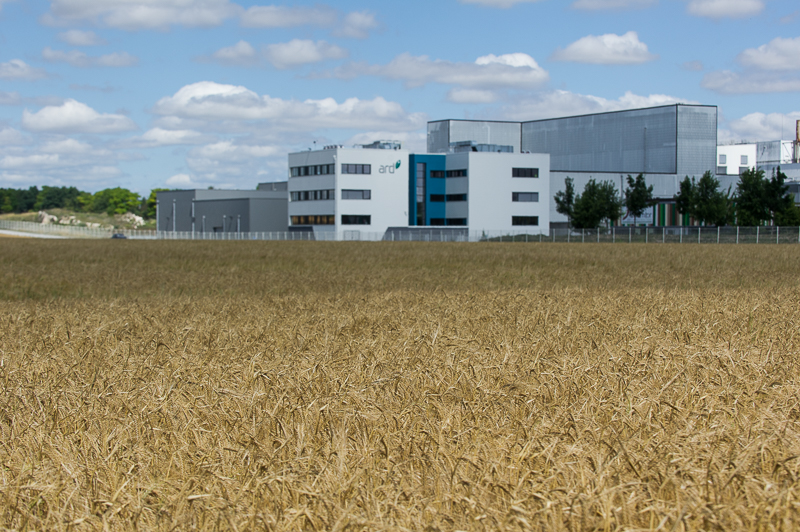
Creating value from local farming produce has been ARD's core business since the 1980s. Aware that the conversion of biomass and the optimisation of farming by-products was an industry for the future, ARD created a veritable platform for innovation in Pomacle-Bazancourt, which has become a leader in the field of plant fractionation, bio-refining, green chemistry and white biotechnologies.
The history of ARD's creation
|
60s |
Since The 1960s marked the start of the first investments in food processing, but it wasn't until the 1980s that the idea of creating value from agricultural by-products in non-food applications emerged. Starting from the premise that innovation, research and development were the pre-requisites for this value creation, manufacturers and cooperatives in the Champagne Ardenne region joined forces to optimise research and promote the development of bio-based products within their region. |
|
Since 1963 |
It was in this context that, in 1983, the sugar-processing cooperatives of ERD, pooled their resources in order to industrialise the ethanol production process using by-products of sugar crystallisation. Two years later, the organisation evolved to include research and innovation in the field of purification and the use of sucrose. ERD changed its name to SRD for "Sugar research and development" and created Ethanol Research and Development (ERD). In 1989, the grain cooperatives and Cristal Union decided to merge their research resources to create a real centre for the development of processes and products through plant chemistry. This R&D centre was named ARD. |
The growth of ARD
|
Beginning of 90s |
Involved in innovative projects in the fields of green chemistry and white biotechnologies as early as the start of the 1990s, ARD's teams of experts, where behind several economically viable new processes and products that gave rise to new companies like Soliance, in 1994, which specialises in active ingredients for cosmetics. Adding value to crops implies a lot of research, lots of cutting-edge equipment and, therefore, significant investment is needed before the viable commercial-scale production of new products is possible. |
|
1997 |
In 1997, to provide their financial support to innovation, several grain cooperatives in Champagne-Ardenne joined forces within a union called Céréales Recherche & Développement (CRD) and thus took a stake in ARD. |
|
2000 |
Three years later, Chamtor, which was founded in 1992 and processes locally grown wheat, also joined ARD. |
|
2005 |
In 2005, the alfalfa industry in turn became mobilised, creating L-RD (Luzerne – Recherche Développement) in order to find new commercial opportunities for dehydrated alfalfa. The creation of IAR that same year was another illustration of the shared commitment of research centres like ARD and centres of higher education and industry from Champagne - Ardenne and Picardie to a single objective: creating value from plant resources in non-food applications at global level. |
|
2015 |
To support its growth, in 2015 ARD invested in new premises in Pomacle-Bazancourt, with a new 1,800 m²-pilot facility next to the demonstration plant, BioDémo, built in 2009. By bringing all its facilities together in the same place, ARD and its 90 employees can provide innovative companies and manufacturers with all the human and material resources needed to roll out new products in a single production site. |



